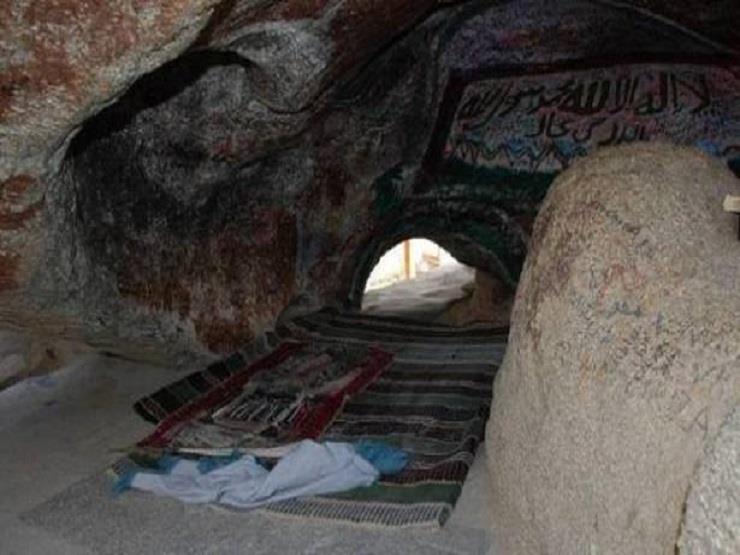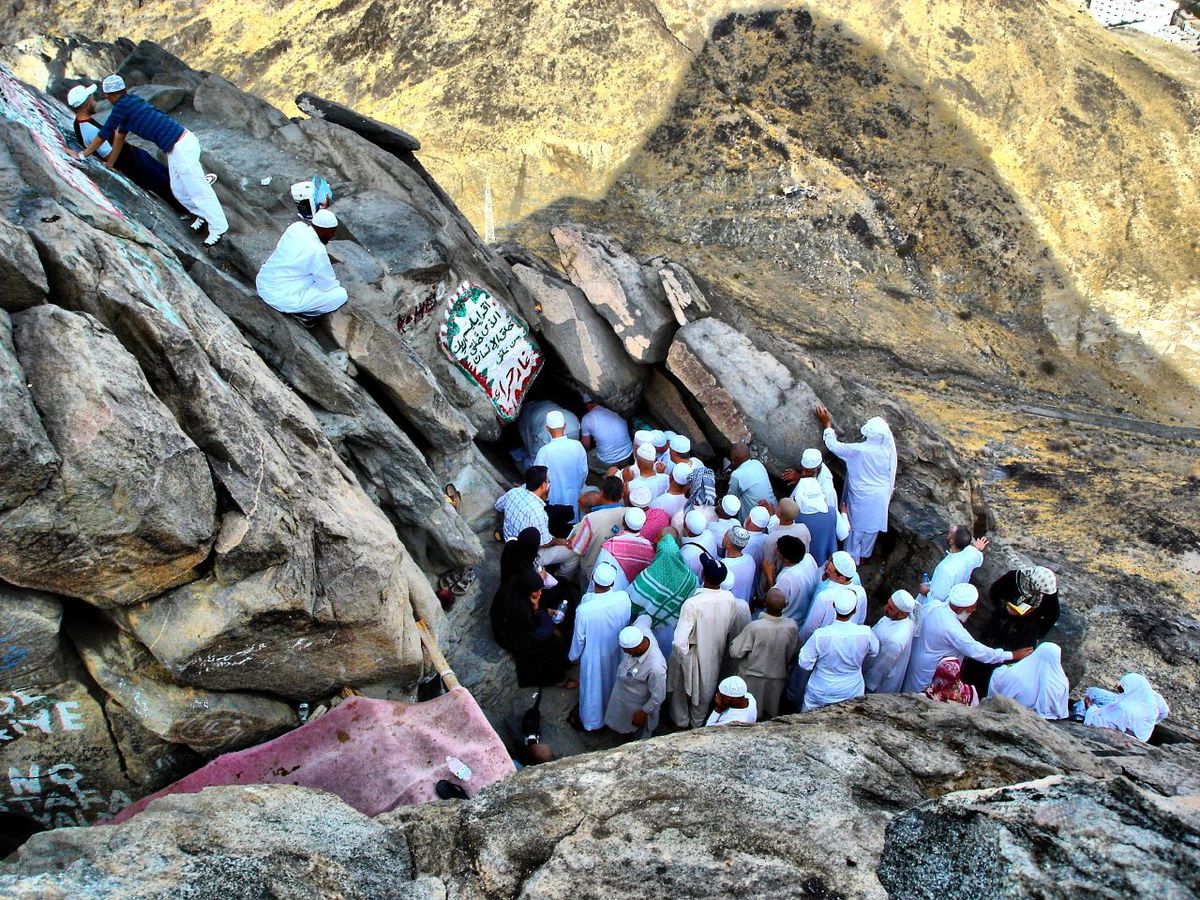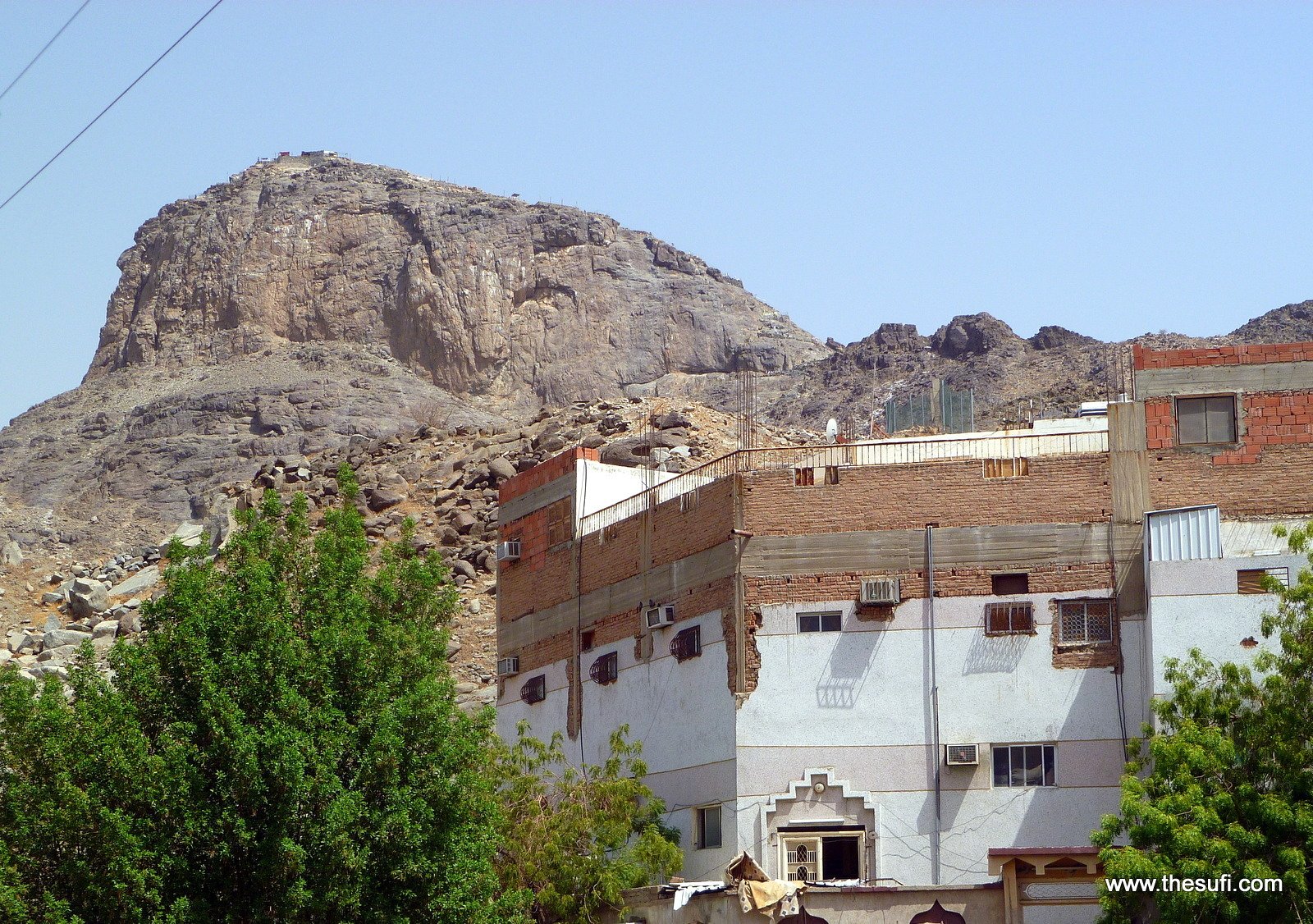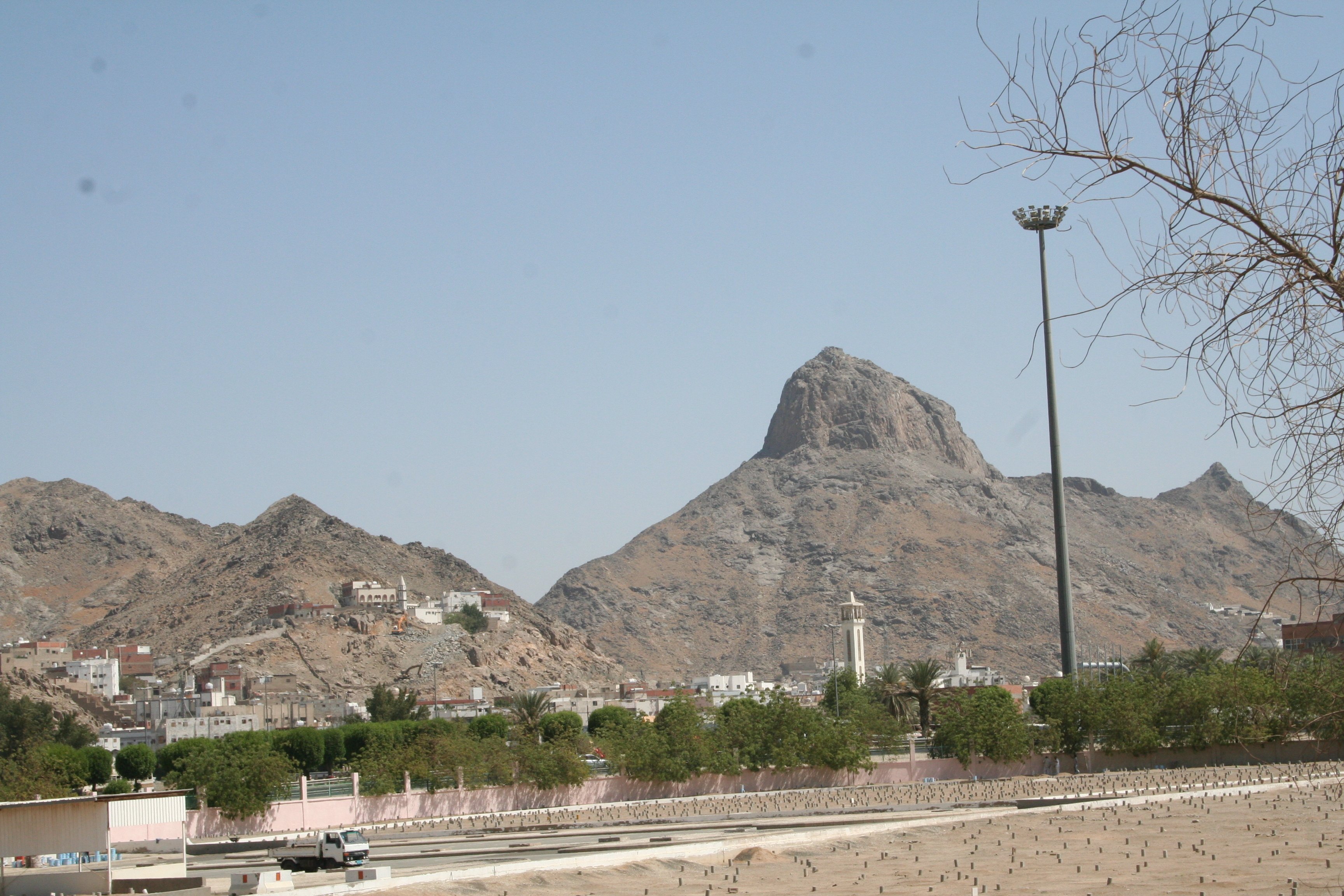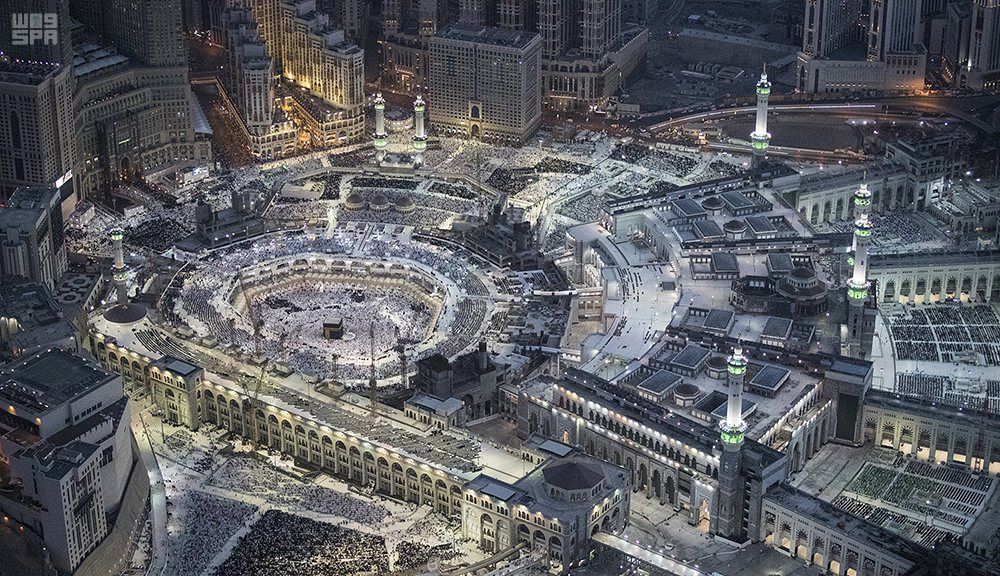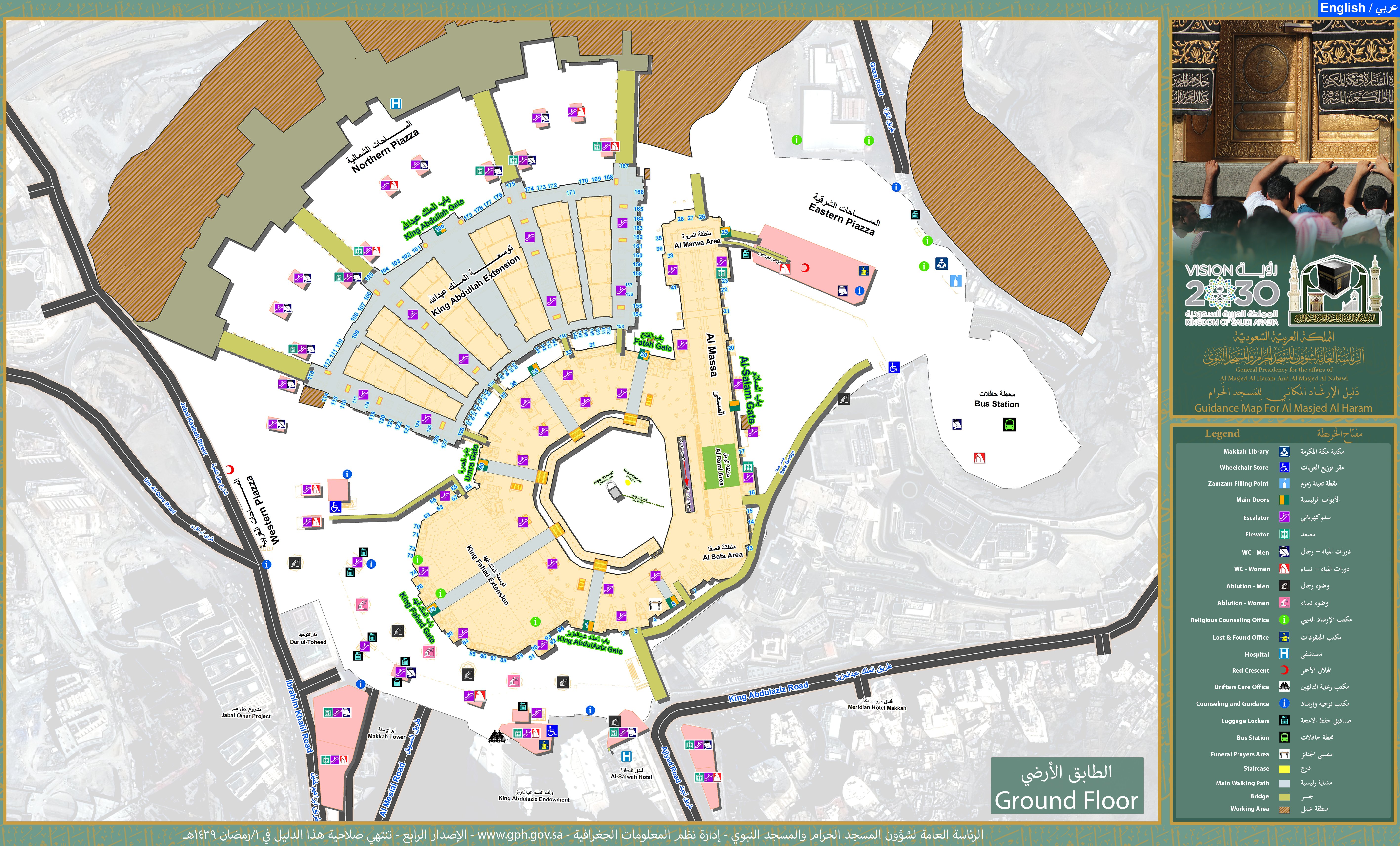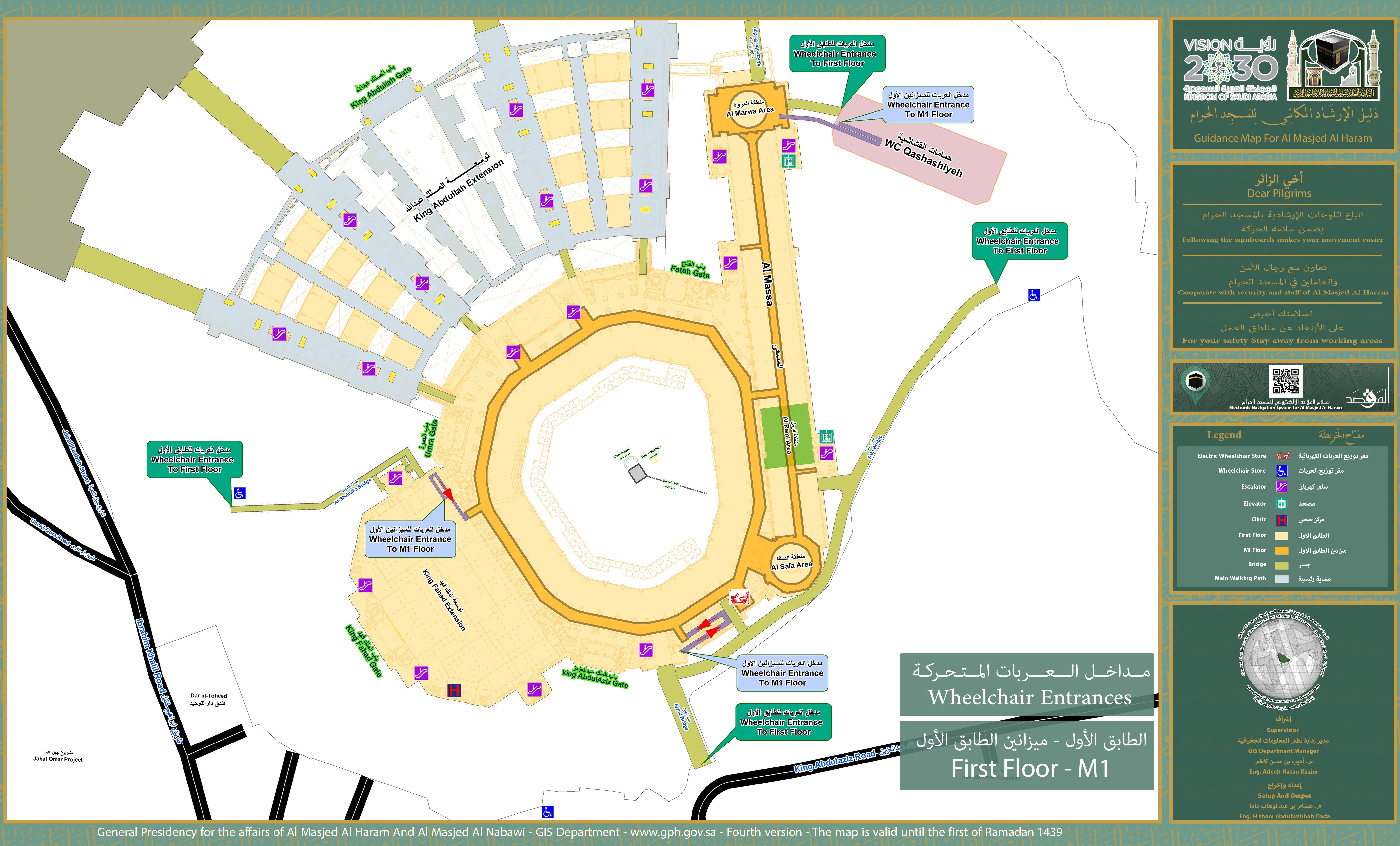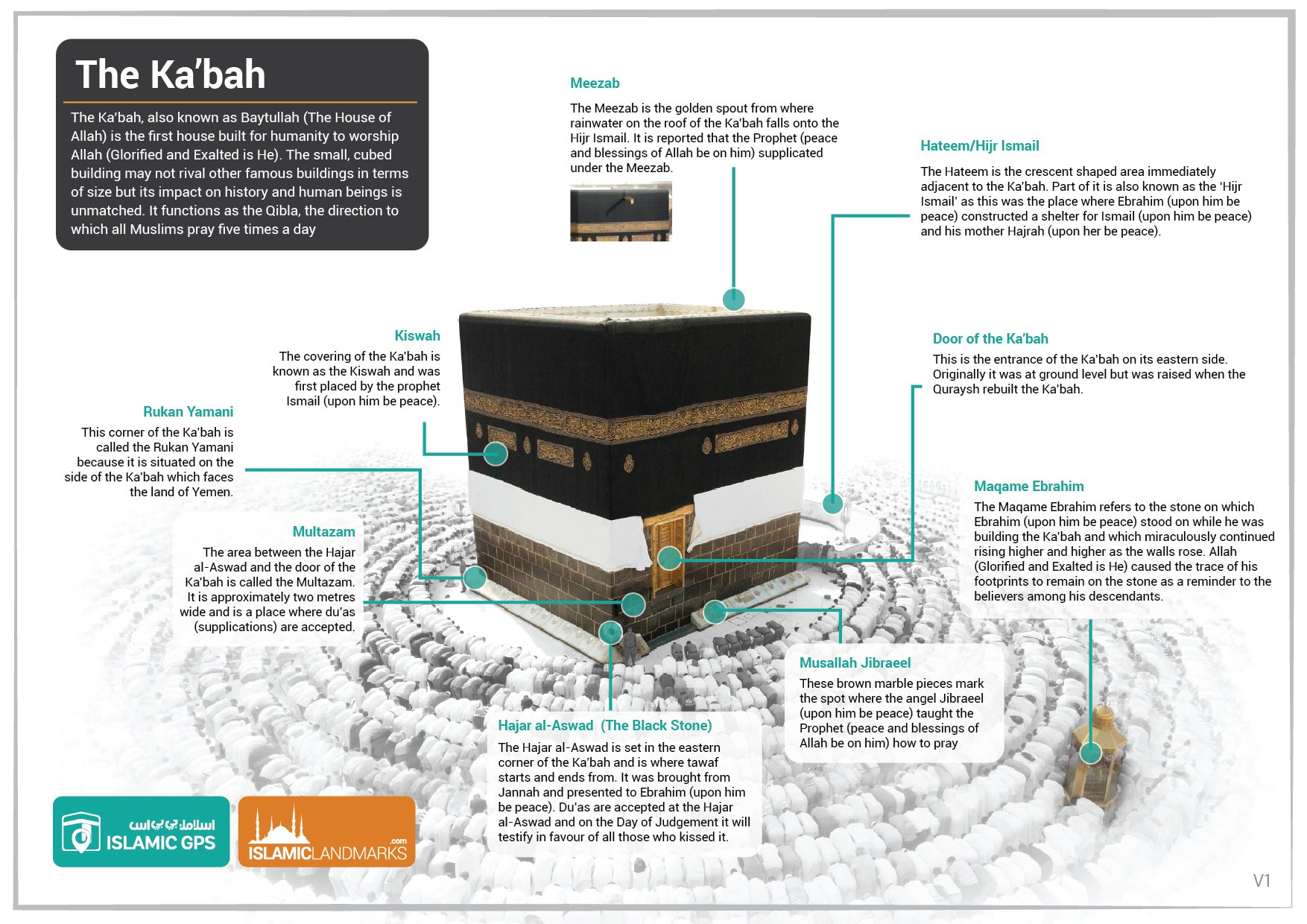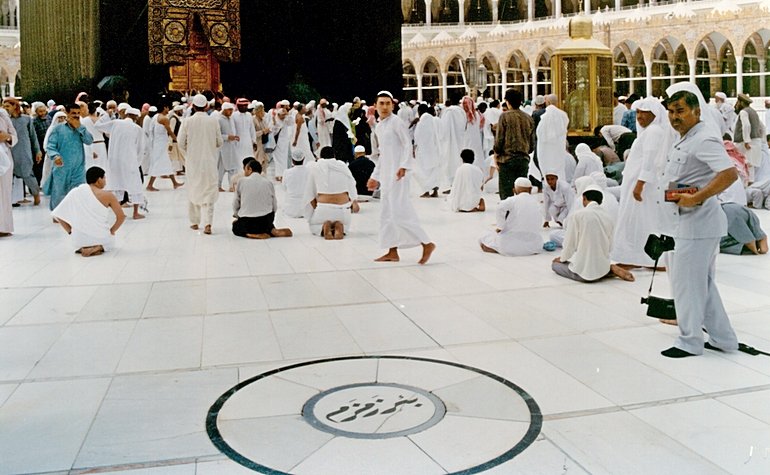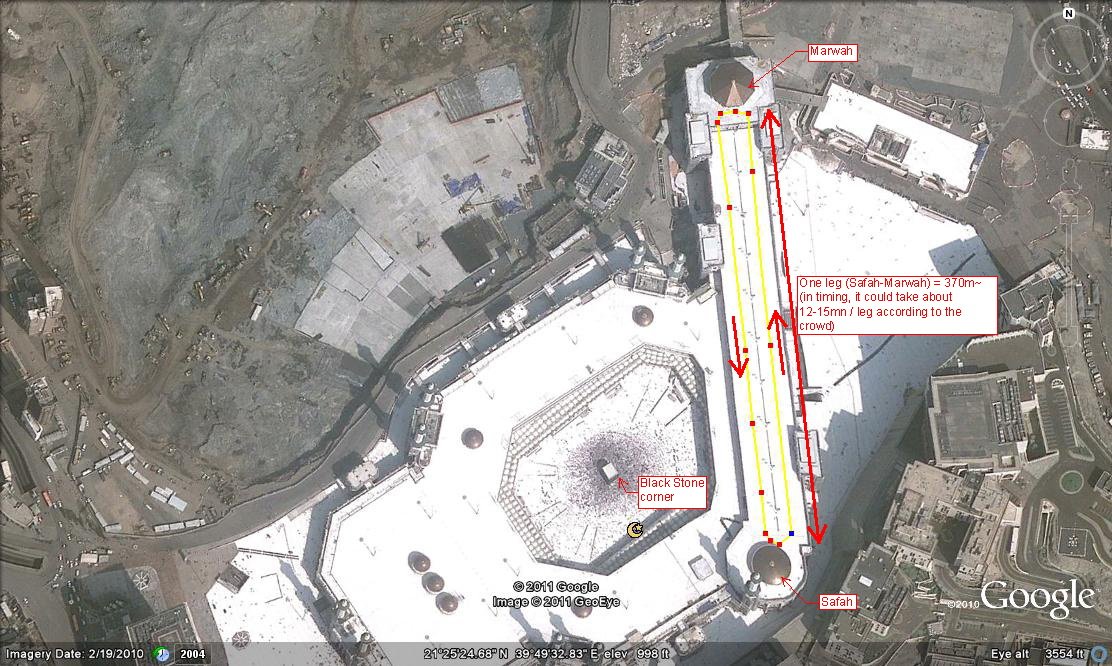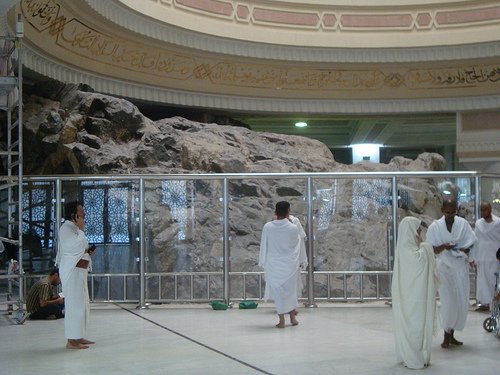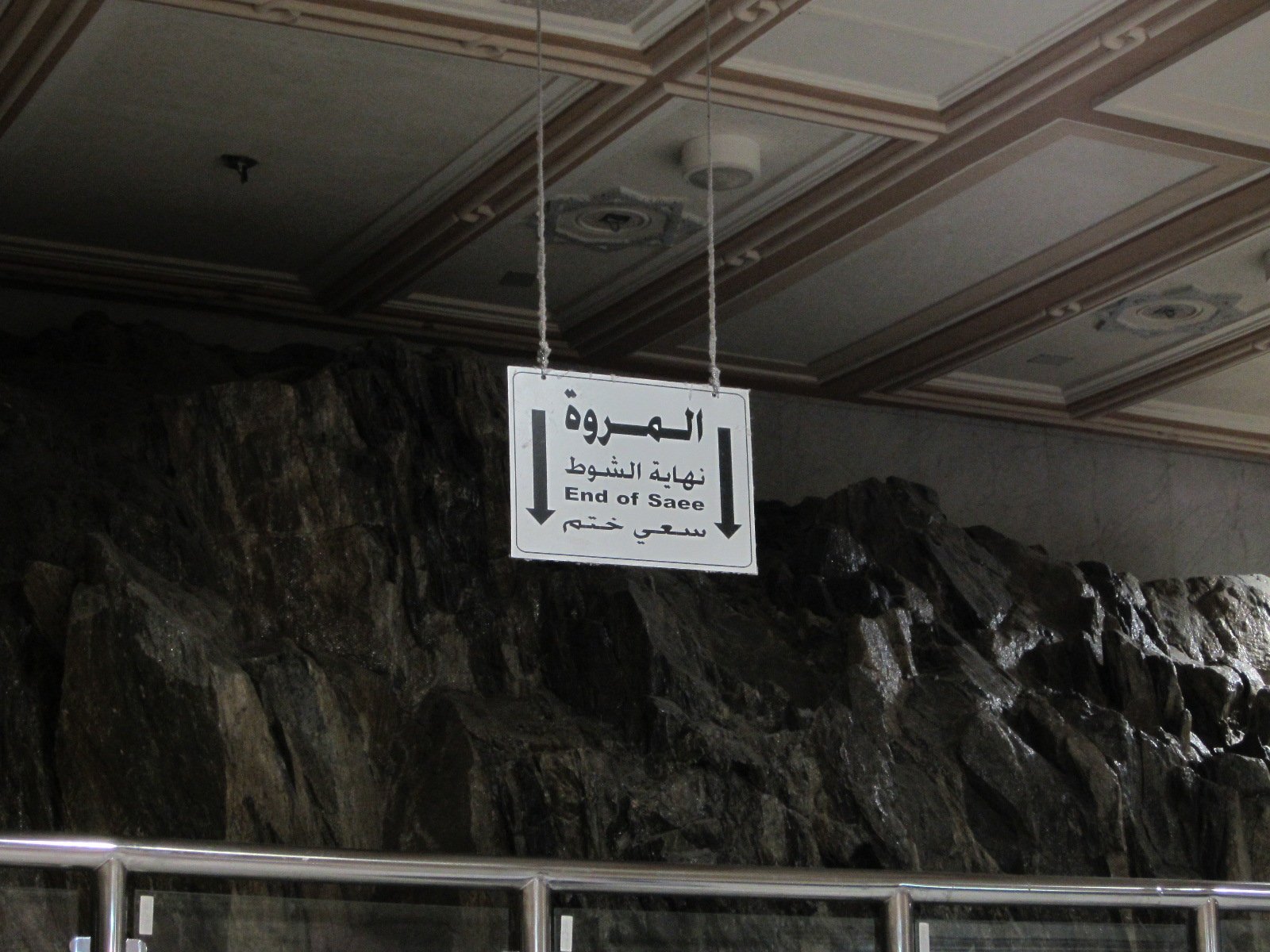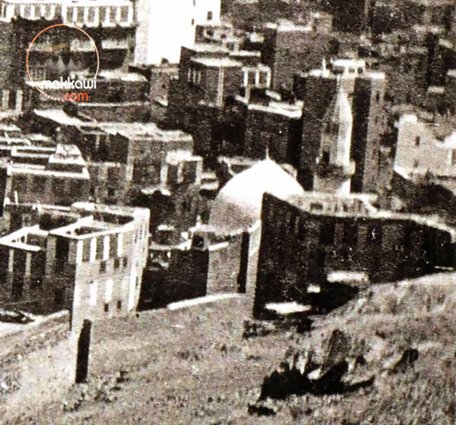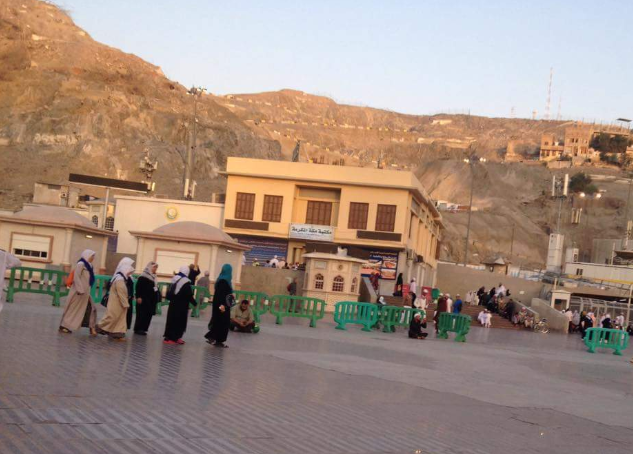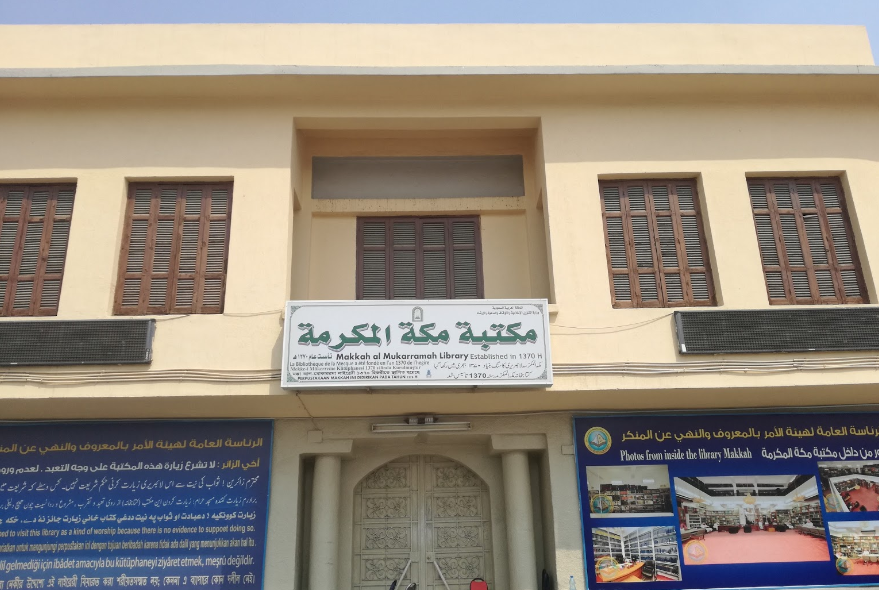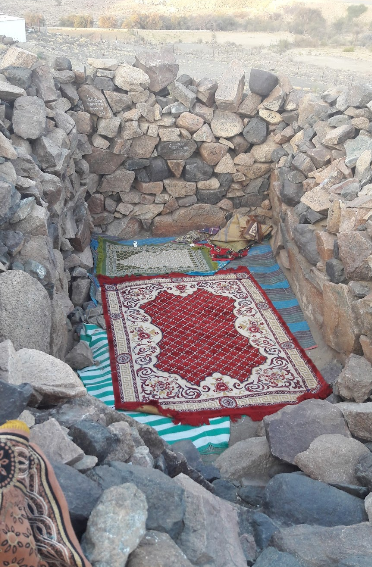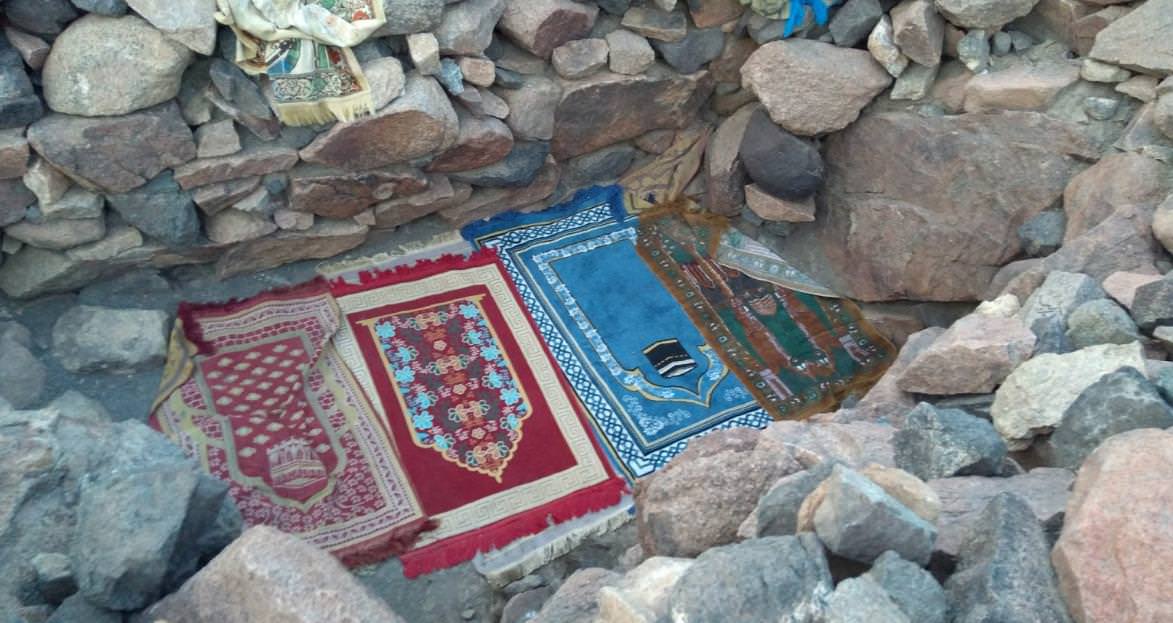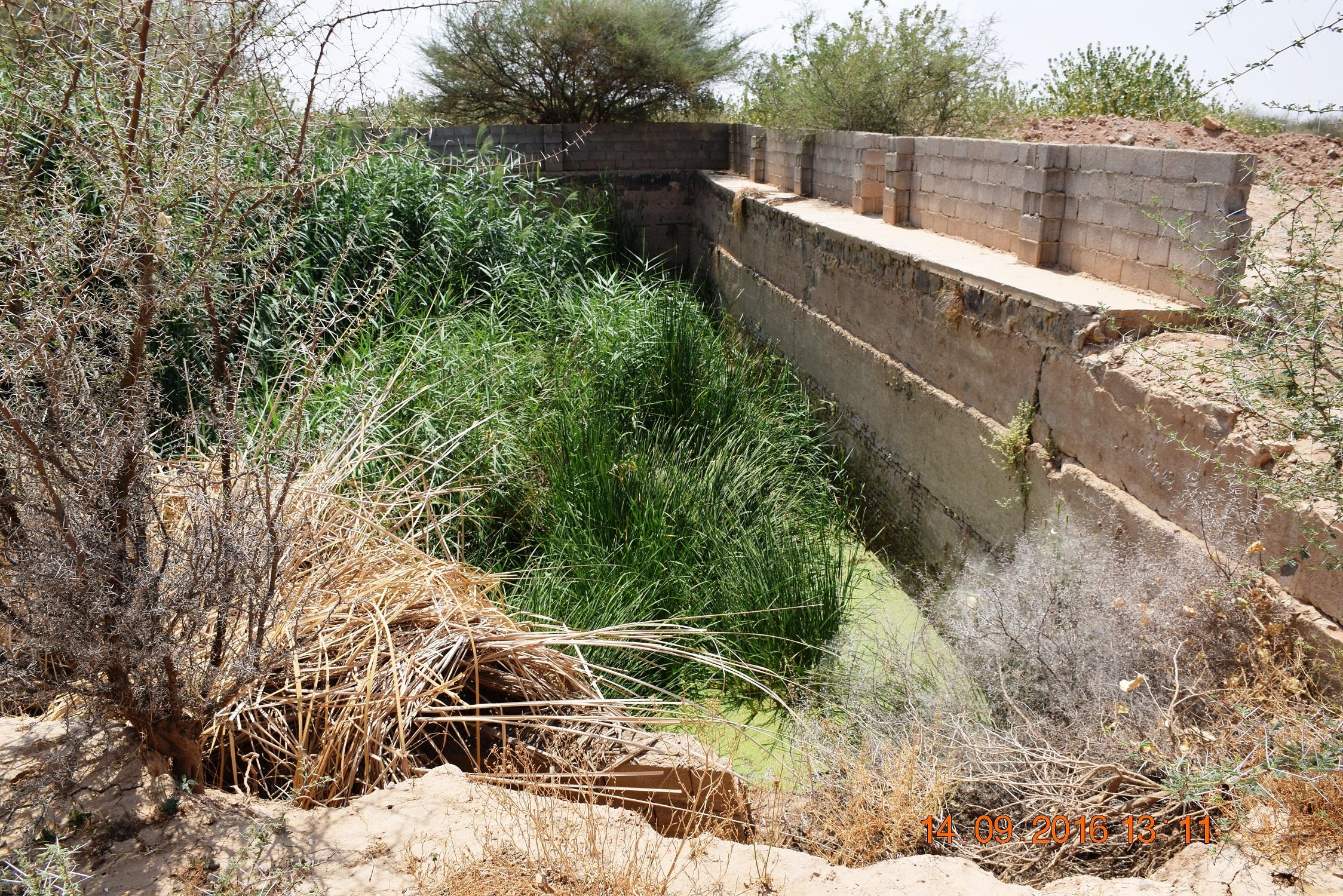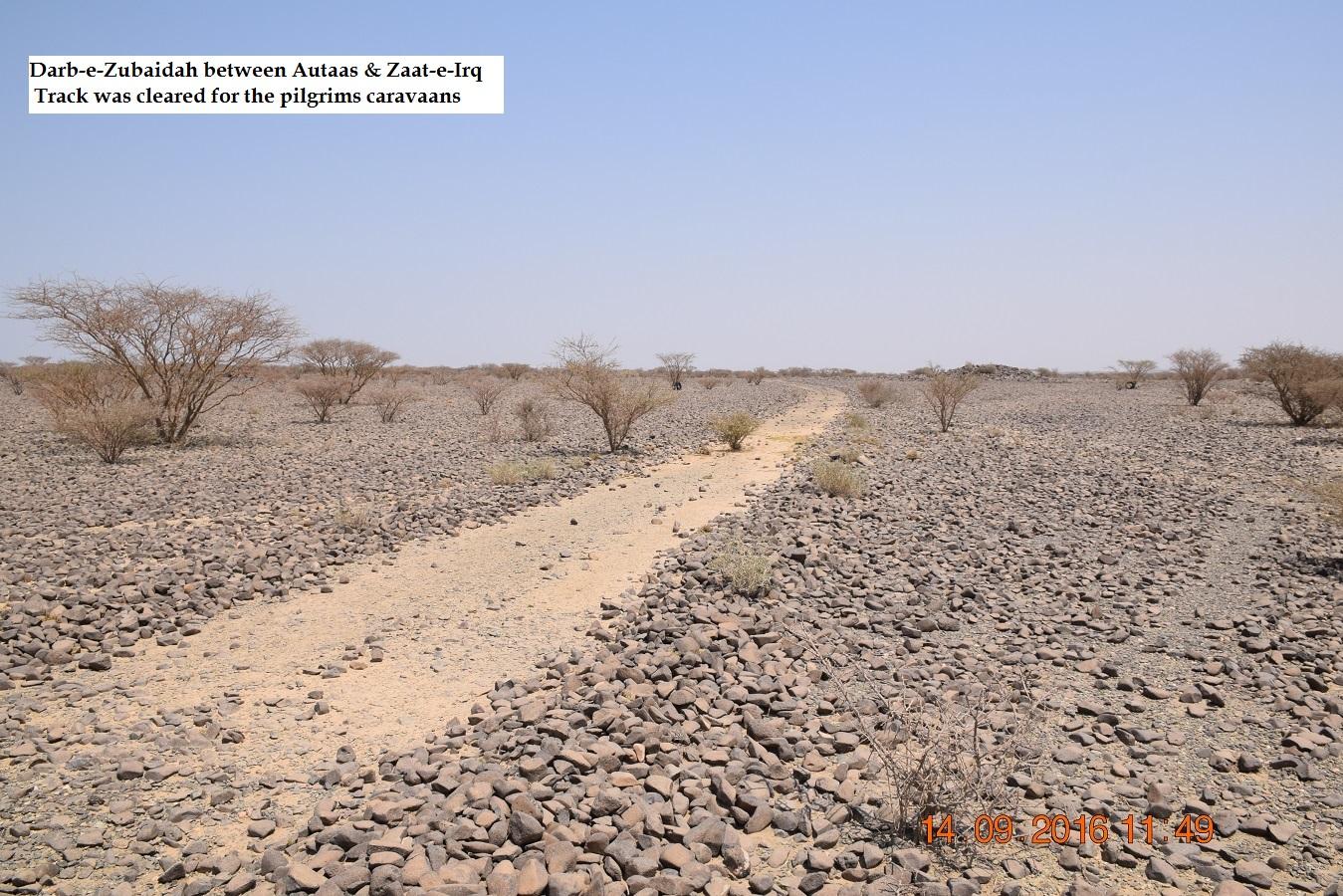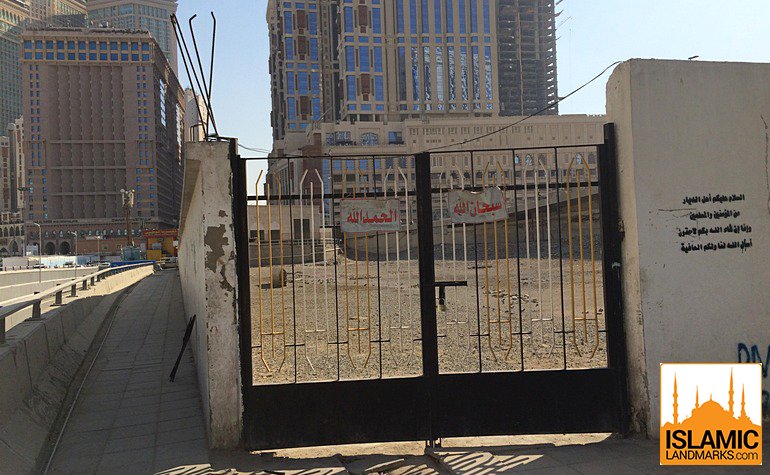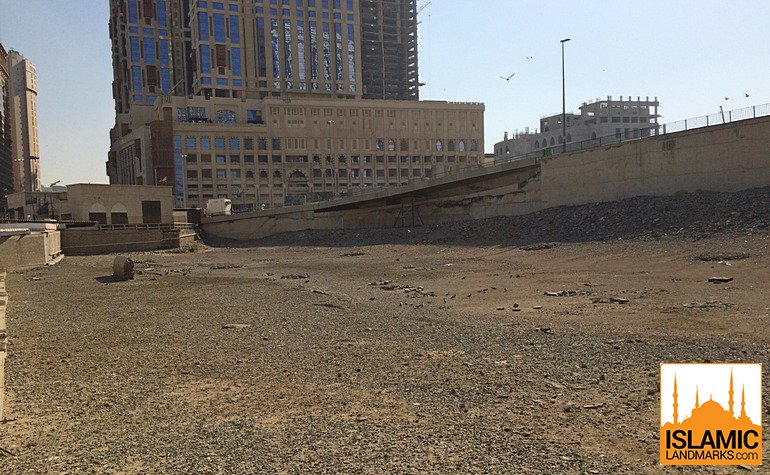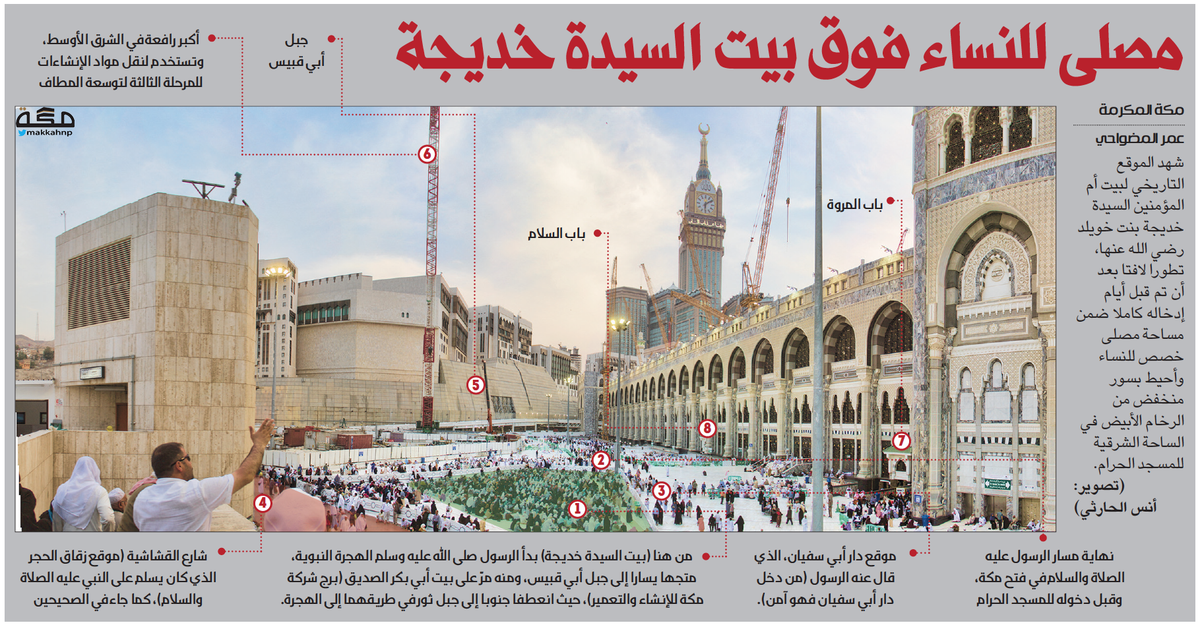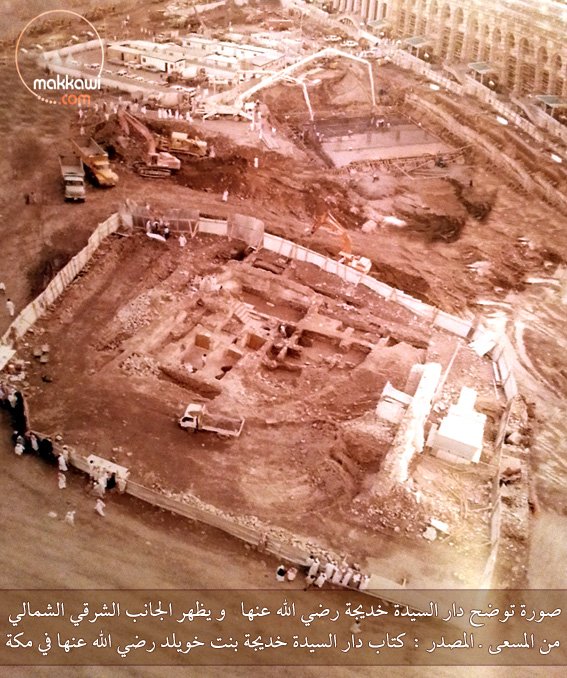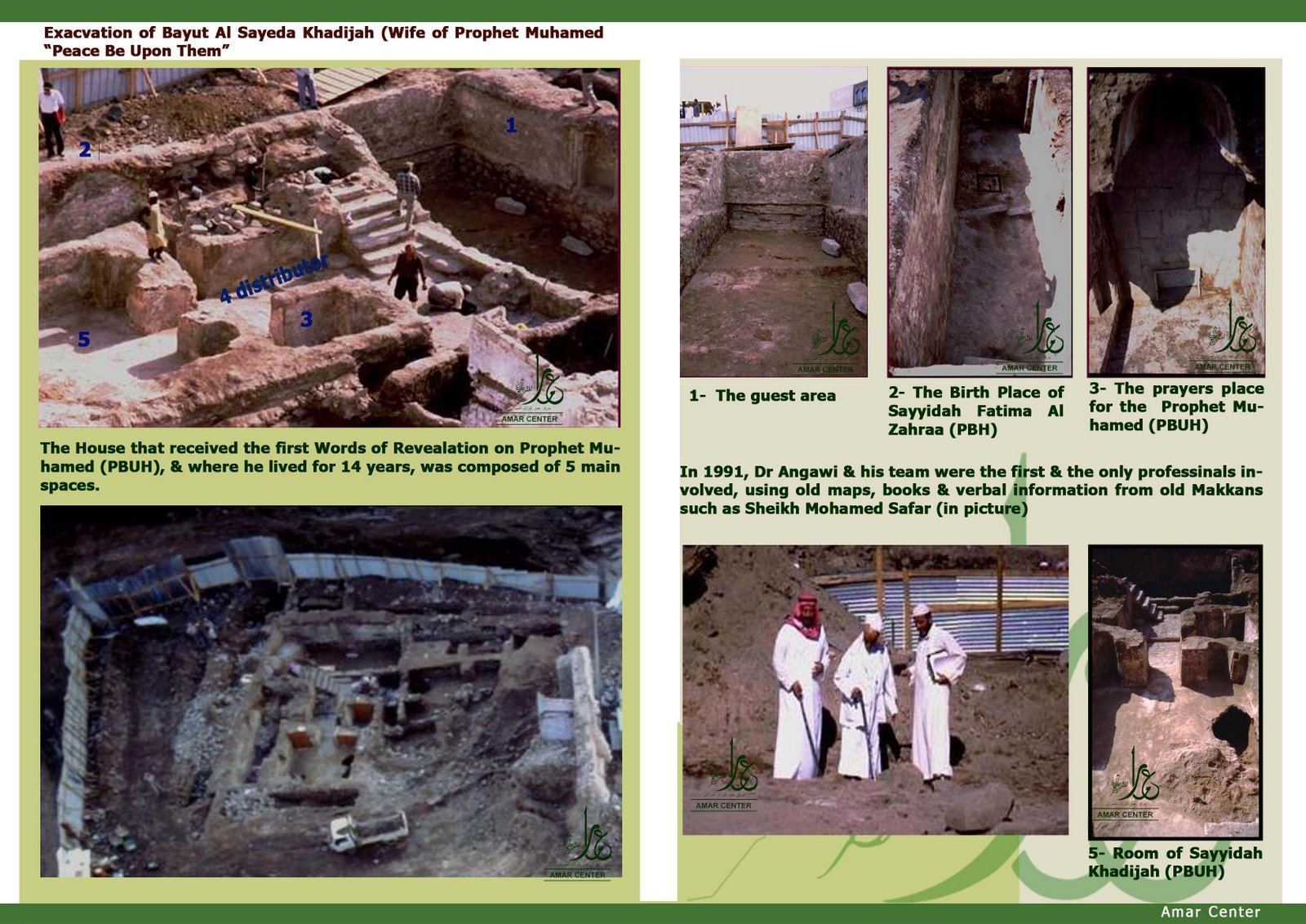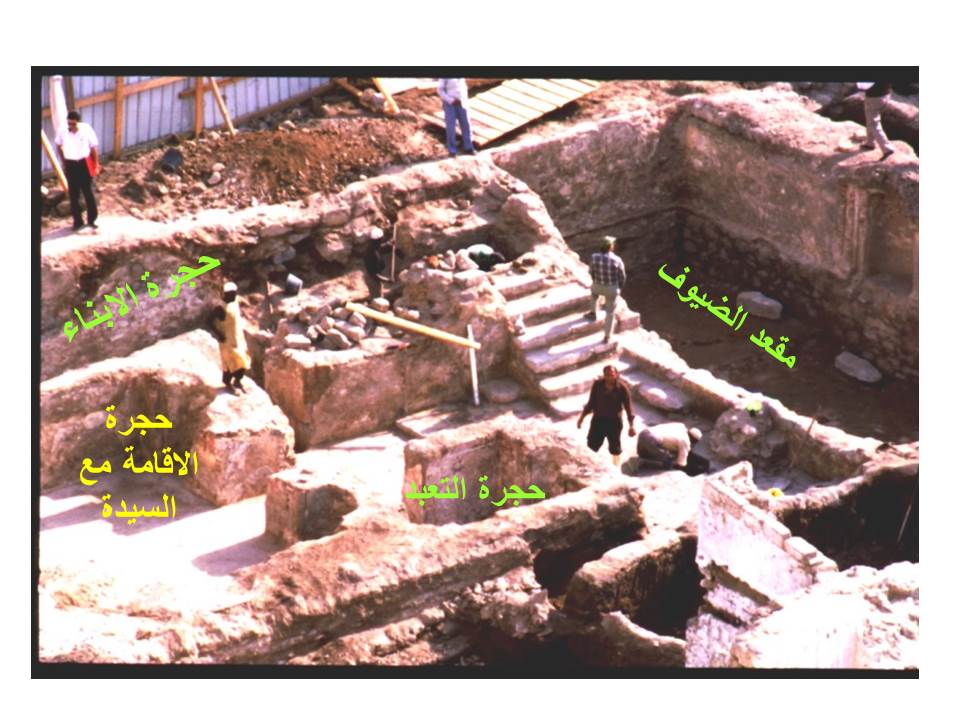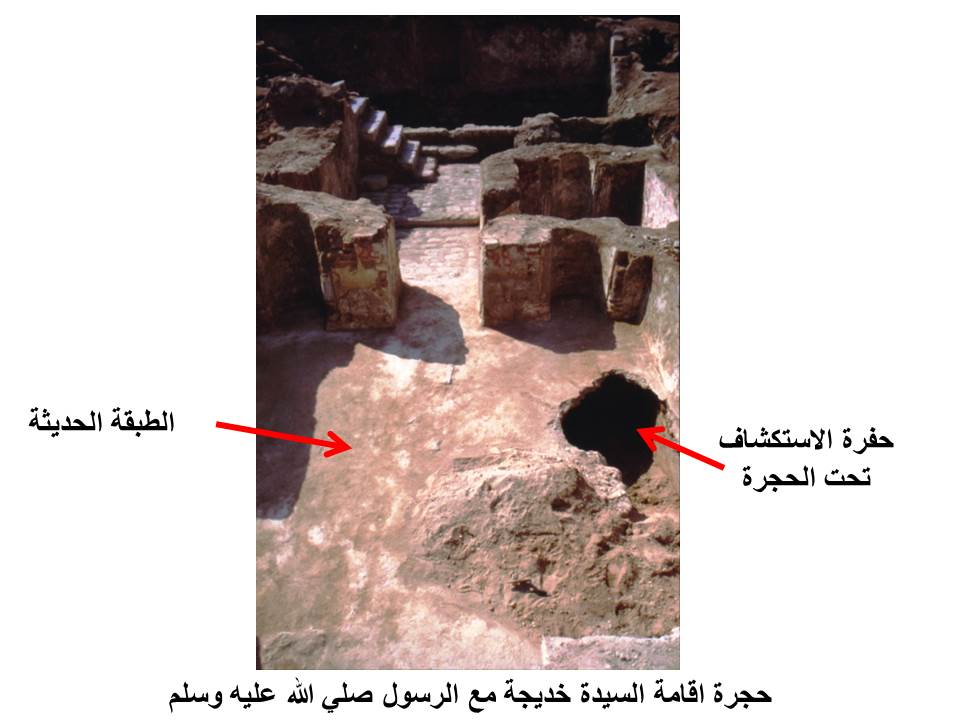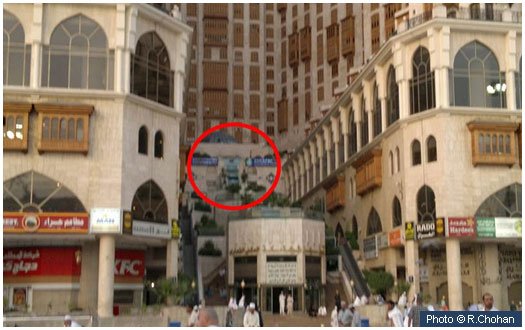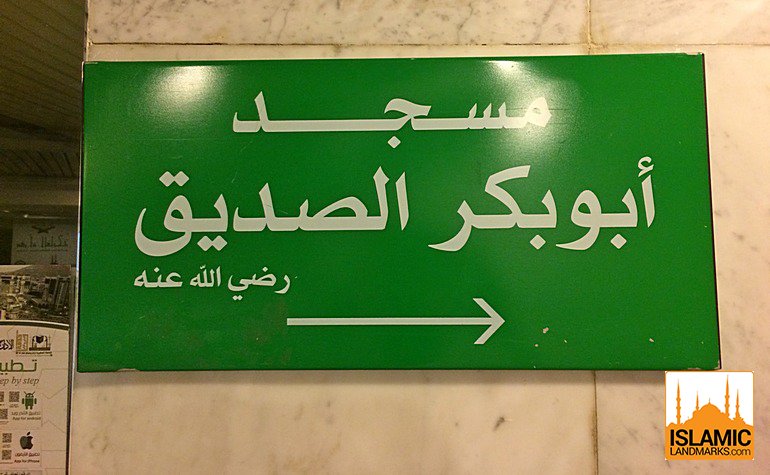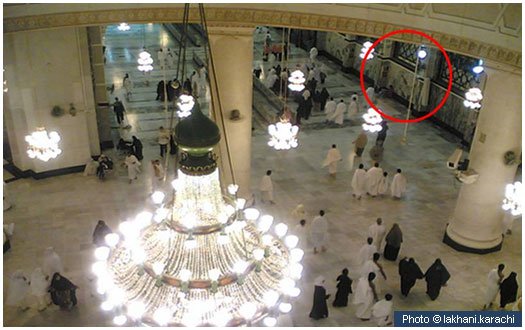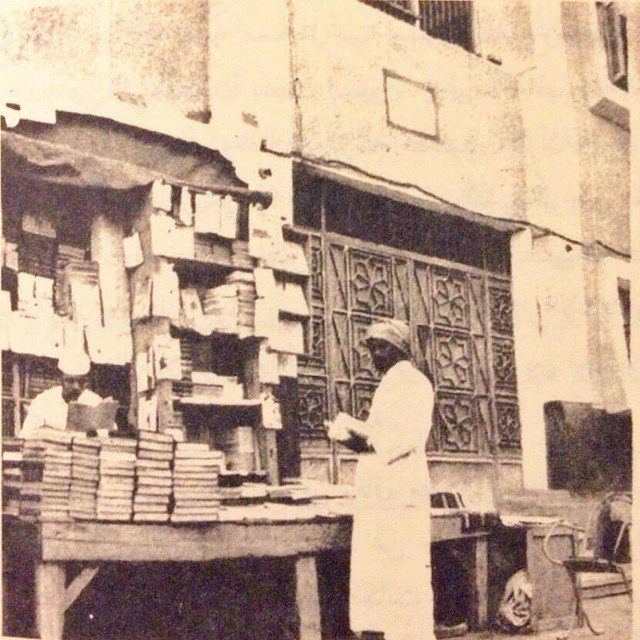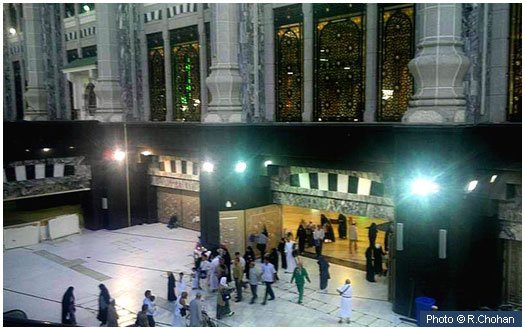- Messages
- 9,229
- Reaction score
- 1,606
- Gender
- Male
- Religion
- Islam

This thread contains a list of historical places in and around Makkah Al-Mukarramah along with their locations, pictures and maps.
:ia: it will be beneficial for those intending to visit.
List of some of the places that will be included here :ia:
[TABLE="width: 95%, align: center"]
[TR]
[TD]Place[/TD]
[TD]Details[/TD]
[TD]History[/TD]
[/TR]
[TR]
[TD]Cave of Hira[/TD]
[TD]Post #2[/TD]
[TD]610 AD / 13 BH[/TD]
[/TR]
[TR]
[TD]Masjid Al-Haraam[/TD]
[TD]# 3[/TD]
[TD][/TD]
[/TR]
[TR]
[TD]The Ka'bah[/TD]
[TD]# 4[/TD]
[TD][/TD]
[/TR]
[TR]
[TD]Zamzam well, Safa and Marwa[/TD]
[TD]# 5[/TD]
[TD]Since Ibrahim :as:[/TD]
[/TR]
[TR]
[TD]Birthplace of the Prophet
 [/TD]
[/TD][TD]# 6[/TD]
[TD]571 AD / 53 BH[/TD]
[/TR]
[TR]
[TD]Banu Sa'd - house of Haleemah Sa'diyyah
 [/TD]
[/TD][TD]#7, #8[/TD]
[TD]573 - 577 AD / 51-47 BH[/TD]
[/TR]
[TR]
[TD]Pre-Islamic cemetry[/TD]
[TD][/TD]
[TD][/TD]
[/TR]
[TR]
[TD]House of Khadeejah
 [/TD]
[/TD][TD][/TD]
[TD]~ 635 AD / ~28 BH[/TD]
[/TR]
[TR]
[TD]House of Abu Bakr As-Siddeeq :ra:[/TD]
[TD][/TD]
[TD]573 - 622 AD / 51 - 1 BH[/TD]
[/TR]
[TR]
[TD]Daarul Arqam :ra:[/TD]
[TD][/TD]
[TD]615 AD / 8 BH[/TD]
[/TR]
[TR]
[TD]House of 'Abbas :ra:[/TD]
[TD][/TD]
[TD][/TD]
[/TR]
[TR]
[TD]Dar Nadwa[/TD]
[TD][/TD]
[TD][/TD]
[/TR]
[TR]
[TD]Souq Okaz[/TD]
[TD][/TD]
[TD][/TD]
[/TR]
[TR]
[TD]Souq Majannah[/TD]
[TD][/TD]
[TD][/TD]
[/TR]
[TR]
[TD]Valley Abu Talib (She'b Abi Talib)[/TD]
[TD][/TD]
[TD]617-620 AD / 6-3 BH[/TD]
[/TR]
[TR]
[TD]Mount Abu Qubays[/TD]
[TD][/TD]
[TD][/TD]
[/TR]
[TR]
[TD]Masjid Shajarah[/TD]
[TD][/TD]
[TD][/TD]
[/TR]
[TR]
[TD]Masjid Jinn[/TD]
[TD][/TD]
[TD][/TD]
[/TR]
[TR]
[TD]Jannatul Mu'alla[/TD]
[TD][/TD]
[TD][/TD]
[/TR]
[TR]
[TD]House of Umm Hani
 [/TD]
[/TD][TD][/TD]
[TD]~621 AD / ~2 BH[/TD]
[/TR]
[TR]
[TD][/TD]
[TD][/TD]
[TD][/TD]
[/TR]
[TR]
[TD]Masjid Bay'ah[/TD]
[TD][/TD]
[TD]622 AD / 1 BH[/TD]
[/TR]
[TR]
[TD]Mount Thawr[/TD]
[TD][/TD]
[TD]622 AD[/TD]
[/TR]
[TR]
[TD]Hudaibiyah[/TD]
[TD][/TD]
[TD]628 AD / 6 AH[/TD]
[/TR]
[TR]
[TD]Masjid Rayah[/TD]
[TD][/TD]
[TD]630 AD / 8 AH[/TD]
[/TR]
[TR]
[TD]Thaniyyah zhat Handhal[/TD]
[TD][/TD]
[TD][/TD]
[/TR]
[TR]
[TD][/TD]
[TD][/TD]
[TD][/TD]
[/TR]
[TR]
[TD]Masjid Ji'ranah[/TD]
[TD][/TD]
[TD]630 AD / 8 AH[/TD]
[/TR]
[TR]
[TD]Grave of Maymoonah
 [/TD]
[/TD][TD][/TD]
[TD][/TD]
[/TR]
[TR]
[TD]Route of the Prophet
 during the conquest of Makkah[/TD]
during the conquest of Makkah[/TD][TD][/TD]
[TD]630 AD / 8 AH[/TD]
[/TR]
[TR]
[TD][/TD]
[TD][/TD]
[TD][/TD]
[/TR]
[TR]
[TD]'Arafat[/TD]
[TD][/TD]
[TD]632 AD / 10 AH[/TD]
[/TR]
[TR]
[TD]Masjid Nimra[/TD]
[TD][/TD]
[TD]10 AH[/TD]
[/TR]
[TR]
[TD]Mount Rahma[/TD]
[TD][/TD]
[TD]10 AH[/TD]
[/TR]
[TR]
[TD]Muzdalifah[/TD]
[TD][/TD]
[TD]10 AH[/TD]
[/TR]
[TR]
[TD]Wadi Muhassar[/TD]
[TD][/TD]
[TD]571 AD / 53 BH[/TD]
[/TR]
[TR]
[TD]Mina[/TD]
[TD][/TD]
[TD]10 AH[/TD]
[/TR]
[TR]
[TD]Jamarat[/TD]
[TD][/TD]
[TD]10 AH[/TD]
[/TR]
[TR]
[TD]Masjid Al-Khayf[/TD]
[TD][/TD]
[TD]10 AH[/TD]
[/TR]
[TR]
[TD]Masjid 'Aisha[/TD]
[TD][/TD]
[TD][/TD]
[/TR]
[TR]
[TD][/TD]
[TD][/TD]
[TD][/TD]
[/TR]
[TR]
[TD]Grave of 'Abdullah bin 'Abbas :ra:[/TD]
[TD][/TD]
[TD]687 AD / 68 AH[/TD]
[/TR]
[TR]
[TD]Grave of 'Abdullah bin 'Umar :ra:[/TD]
[TD][/TD]
[TD]693 AD / 73-74 AH[/TD]
[/TR]
[TR]
[TD]...[/TD]
[TD][/TD]
[TD][/TD]
[/TR]
[TR]
[TD]...[/TD]
[TD][/TD]
[TD][/TD]
[/TR]
[/TABLE]
Everyone can contribute to this thread. Please maintain the chronological order of events as much as possible. :jz:
Last edited:

 sent the angel Jibra'eel :as: with the first revelation of the Holy Qur'an, the first five verses of Surah Al-'Alaq.
sent the angel Jibra'eel :as: with the first revelation of the Holy Qur'an, the first five verses of Surah Al-'Alaq.